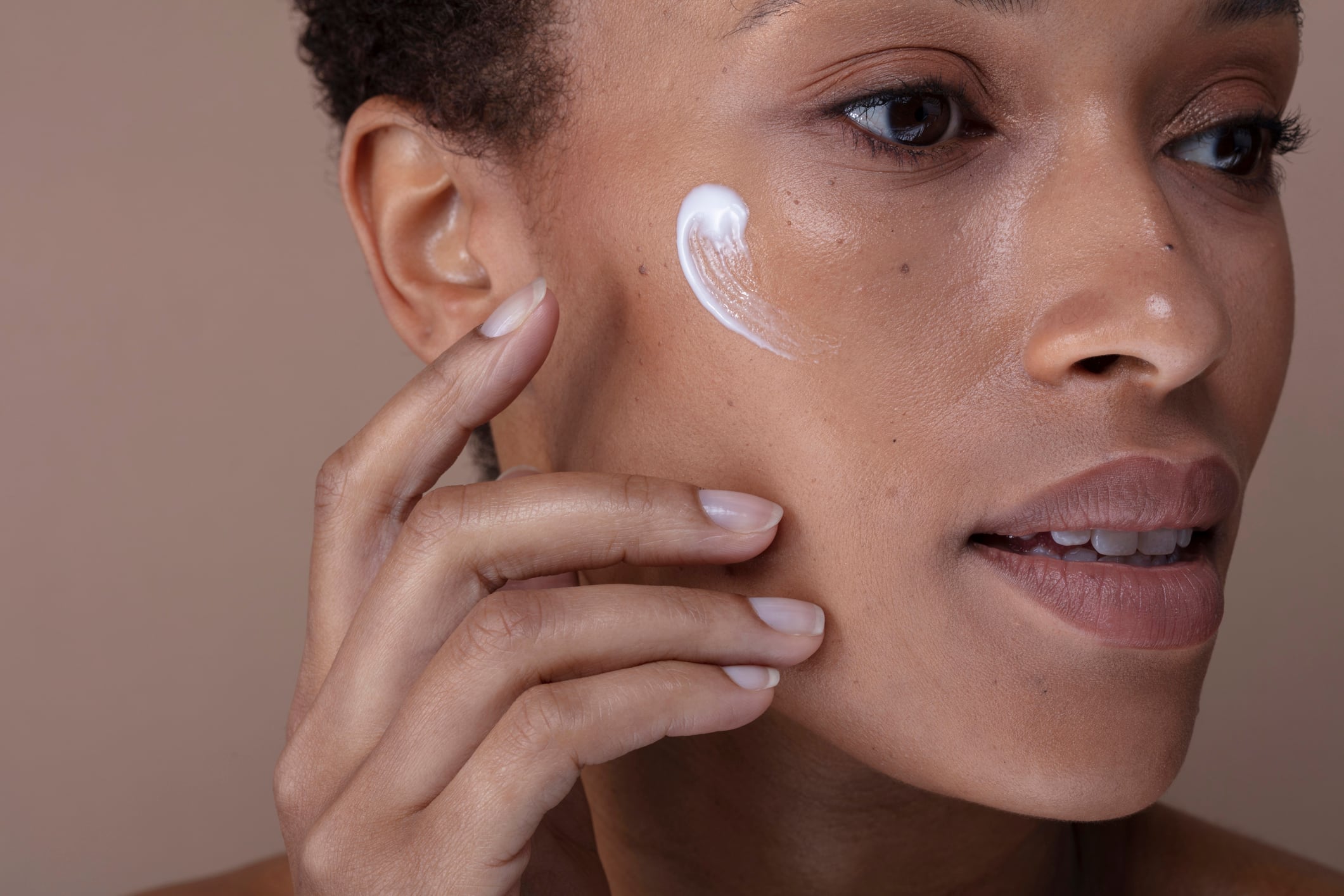Key takeaways
- Aveda and Keracol have developed a novel method to track hair dye fade at the molecular level.
- The technique adapts conservation science used in historical textiles.
- It enables deeper understanding of dye retention across hair types and textures.
- Findings pave the way for longer-lasting, less damaging hair colour technologies.
Aveda and Keracol Limited – a company founded by academic researchers specialising in colour chemistry and sustainability at the University of Leeds – have collaborated on a research project to develop a novel method for tracking hair colour fade. Their findings have been published in the peer-reviewed journal Heliyon.
The breakthrough sets the stage for new hair colour formulations that deliver longer-lasting results with reduced damage.
The study introduces a measurement technique that correlates dye molecular desorption (the process by which dye molecules leave the hair fibre) with hair colour shifts, regardless of hair type, texture, or background colour. By enabling a molecular-level understanding of how hair interacts with dye molecules, the extraction technique paves the way for innovative testing methods and advanced hair colour technologies.
From textile conservation to hair science
The method adapts techniques originally used in historical textile conservation and correlates dye desorption with colour shifts, irrespective of hair type, texture, or background colour.
Until now, most assessments of hair colour longevity have relied on spectrophotometric colour analysis, which only measures bulk properties. These methods fail to capture the complex chemistry and interactions between dye molecules and the hair fibre.
“We adapted advanced dye-analysis techniques that were originally created for examining historical textile artefacts in museums,” said Dr Richard Blackburn, Professor of Sustainable Materials at the University of Leeds and co-founder of Keracol Limited.
“It’s exciting that we’ve been able to use knowledge from heritage conservation for cutting-edge contemporary application. Building on a decade of collaboration with Aveda, we have established this unique analytical method that goes beyond visual assessments to reveal molecular-level insights.”
Implications for future hair colour formulations
The method uses a specialised solvent mixture of water and pyridine to extract dye molecules from hair in a variety of colours, textures, and conditions – including blonde, grey, black curly, and bleached blonde samples. High-performance liquid chromatography (HPLC) analysis of these extracts tracks dye retention across different hair properties, offering added insight into factors that influence colour longevity and overall hair fibre health.
“This is a new approach to understanding hair dye on different hair types and textures, which will give us insight into new breakthrough technology in formulations and technology,” said Dr Jeanna Zguris, Executive Director of Haircare Innovation and Analytical at Aveda.
“It’s incredibly exciting because it gives us deeper insight into not just dye retention but also how hair colour formulation can interact with and impact the overall health of the hair fibre. This knowledge can lead to longer-lasting, more vibrant colour with less damage, empowering consumers to keep their hair beautiful and strong for longer.”
Hetherington, K., Tidder, A., Tack, B. J., Tokle, T., Rayner, C. M., & Blackburn, R. S. (2025). Method to analyse and quantify the propensity of hair dyes to desorb from human hair fibre. Heliyon, 11(12), e43528. https://doi.org/10.1016/j.heliyon.2025.e43528





